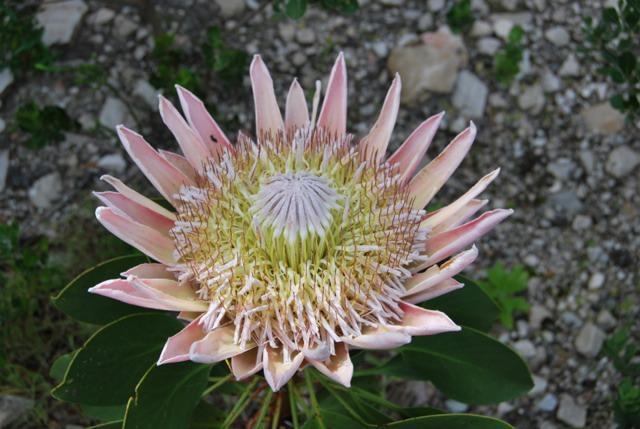Creatures great and small in the Cape Whale Coast Hope Spot
As its name suggests, the Cape Whale Coast Hope Spot is synonymous with the mighty and iconic cetaceans that annually visit our shores. However, with a majestic landscape at the intersection of sea and land, of mountains, coastal plains, estuaries, coastal lakes, rivers, lagoons, marshes, bogs and sand dunes, the Cape Whale Coast Hope Spot is graced with a number of interesting terrestrial species. These creatures great and small contribute much to the wonderful biodiversity and uniqueness of this special area.
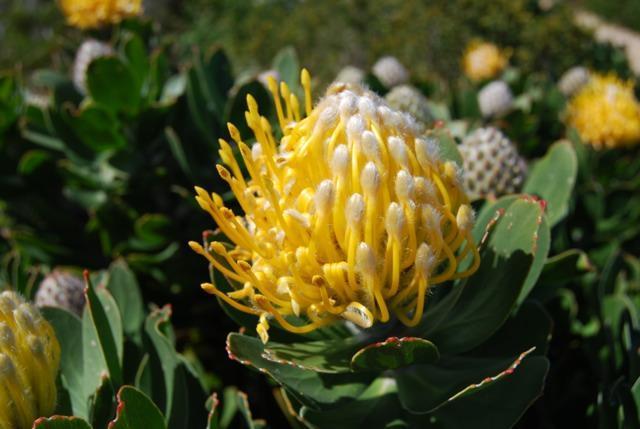

The Cape Whale Coast Hope Spot is part of an ancient environment, species of the Leucospernum family (Pincushions) existing before the Gondwana Supercontinent began to break up. Proteas, ericas and restios, which are the main elements of the fynbos vegetation that swathes the coastal plains, attract large numbers of insects like the Carpenter bee and Cape scarab beetle, which are preyed upon by Cape dwarf chameleons.
Small rodents like the Cape spiny mouse also help to pollinate fynbos plants, as do stunning bird species like the Cape Sugarbird and Lesser Doublecollared Sunbird, which are attracted by the sweet nectar.
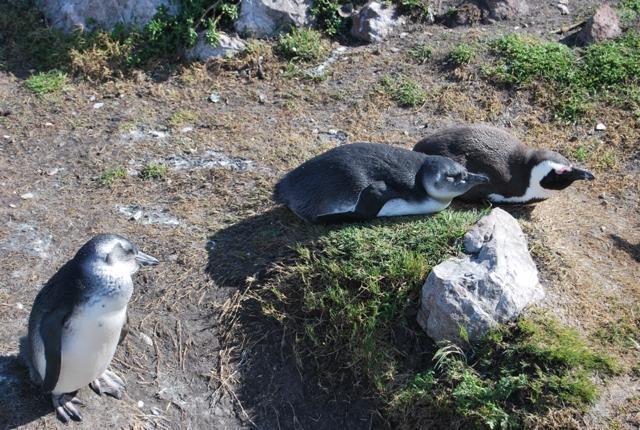
On spring mornings Cape Francolin mother hens may be seen busily gathering clutches of fluffy chicks around them. Spectacular bird species like the Jackal Buzzard, Cape Eagle Owl, Yellowbilled Kite and Rock Kestrel can sometimes be seen soaring in the mountain heights. And a colony of African penguins, South Africa’s only growing penguin colony, can be seen at Stony Point in Betty’s Bay.
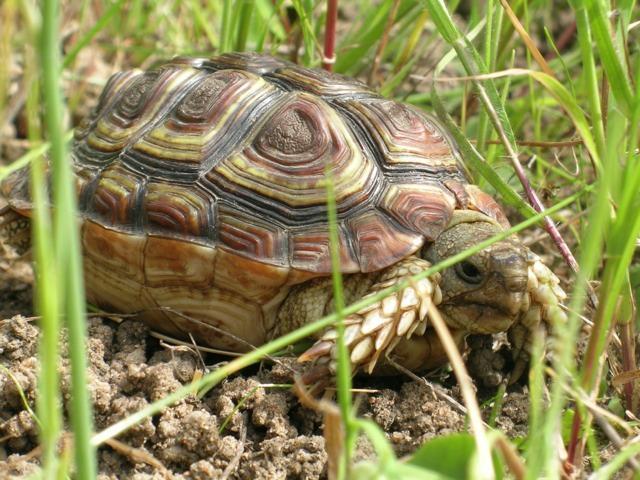

The Cape Whale Coast Hope Spot abounds with small species like tortoises and porcupines. And when glorious yellow pincushion proteas have flowered in spring, the flower heads provide a feast for visiting Chacma baboon troops, the baboons in turn being preyed upon by elusive leopards.
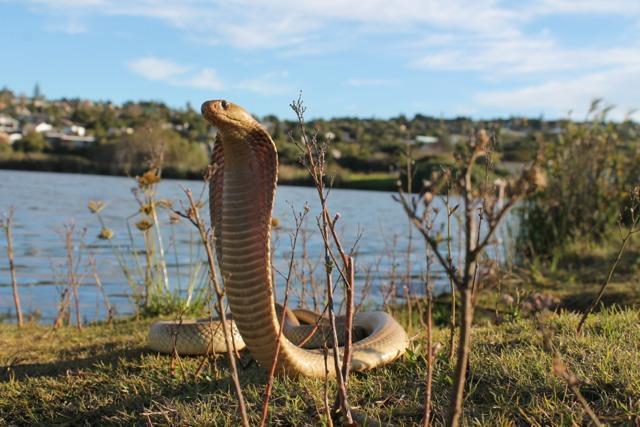
Snake species like the highly venomous Cape Cobra, Puff Adder, Berg Adder, Rinkhals and Boomslang help to keep rodent populations down. However, while snakes are magnificent creatures and an important part of the Cape Whale Coast Hope Spot ecosystem, they should be given a wide berth by residents and visitors to the area.
Antelope like the delicate Grysbok can sometimes be seen amongst the fynbos, while the Klipspringer favours higher, rocky mountain areas, and the Grey rhebok prefers open slopes. It may also be possible to see wild horses at Rooisand. The Cape Whale Coast Hope Spot really is an Eden of terrestrial species great and small.
(Copy and photographs courtesy of Carole Knight – http://caroleknight.co.za/)
Source
© Written, Research and Photos: Carole Knight - http://caroleknight.co.za/
Call us and schedule your listing today! Contact Us
Copyright © 2024 Hermanus Online Magazine. Web Development by Jaydee media.

